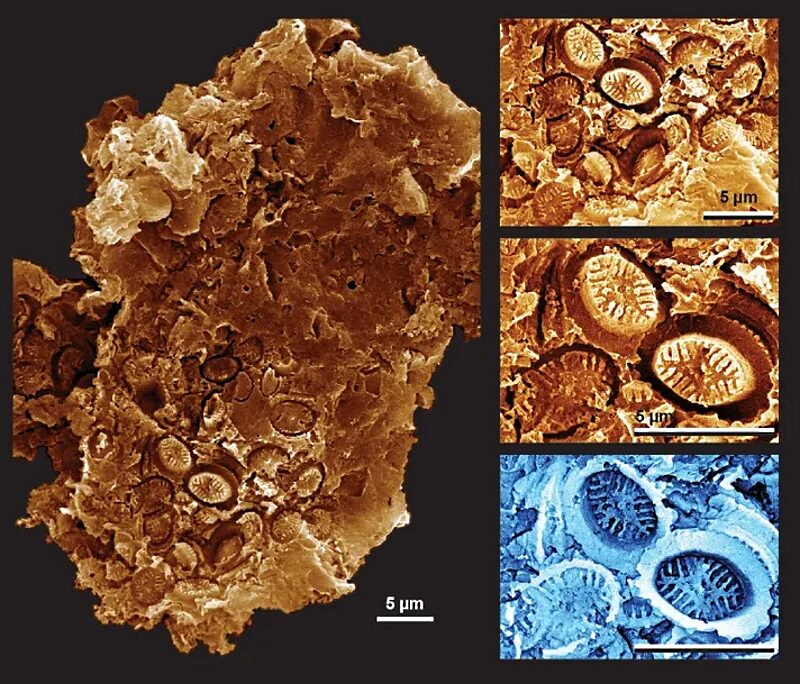
An international team of researchers has discovered a new type of fossilization.
An international team of scientists from University College London (UCL), the Swedish Museum of Natural History, Natural History Museum (London), and the University of Florence has found a remarkable type of fossilization that has remained almost entirely unnoticed until now.
The fossils are microscopic imprints, or "ghosts," of single-celled plankton, called coccolithophores, that lived in the seas millions of years ago, and their discovery is revolutionizing our understanding of how climate change affects plankton in the oceans.
Coccolithophores are important in today's oceans, providing much of the oxygen we breathe, supporting marine food webs, and locking carbon away in seafloor sediments. They are a type of microscopic plankton that surround their cells with hard calcareous plates, called coccoliths, and these are what normally fossilize in rocks.
Declines in the abundance of these fossils have been documented from multiple past global warming events, suggesting that these plankton were severely affected by climate change and ocean acidification. However, a study published today in the journal Science presents new global records of abundant ghost fossils from three JurassicThe Jurassic (from the Jura Mountains) is a geologic period and system that spanned 56 million years from the end of the Triassic Period 201.3 million years ago to the beginning of the Cretaceous Period 145 million years ago. It constitutes the middle period of the Mesozoic Era and is divided into three epochs: Early, Middle, and Late.Jurassic and Cretaceous. The Cretaceous is a geological period that lasted from about 145 to 66 million years ago. It is the third and final period of the Mesozoic Era. It ended with the Cretaceous-Paleogene extinction event. Cretaceous warming events (94, 120, and 183 million years ago), suggesting that coccolithophores were more resilient to past climate change than was previously thought.
"The discovery of these beautiful ghost fossils was completely unexpected," says Dr. Sam Slater from the Swedish Museum of Natural History. "We initially found them preserved on the surfaces of fossilized pollen, and it quickly became apparent that they were abundant during intervals where normal coccolithophore fossils were rare or absent - this was a total surprise!"
Despite their microscopic size, coccolithophores can be hugely abundant in the present ocean, being visible from space as cloud-like blooms. After death, their calcareous exoskeletons sink to the seafloor, accumulating in vast numbers, and forming rocks such as chalk.
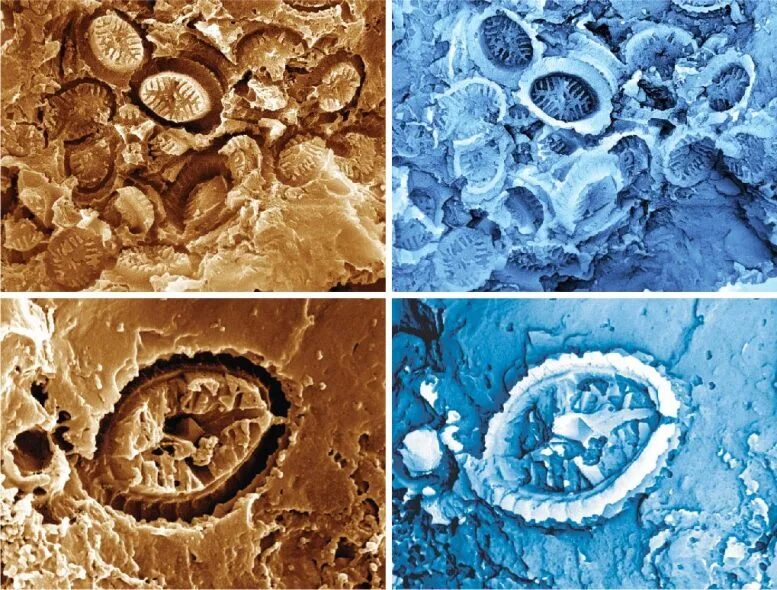
The ghost fossils formed while the sediments at the seafloor were being buried and turned into rock. As more mud was gradually deposited on top, the resulting pressure squashed the coccolith plates and other organic remains together, and the hard coccoliths were pressed into the surfaces of pollen, spores, and other soft organic matter. Later, acidic waters within spaces in the rock dissolved away the coccoliths, leaving behind just their impressions - the ghosts.
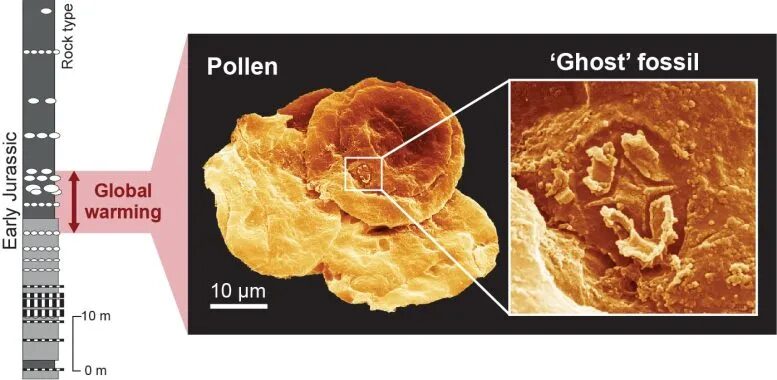
Professor Silvia Danise (University of Florence) says: "Ghost nanofossils are likely common in the fossil record, but they have been overlooked due to their tiny size and cryptic mode of preservation. We think that this peculiar type of fossilization will be useful in the future, particularly when studying geological intervals where the original coccoliths are missing from the fossil record."

"The ghost fossils show that nanoplankton were abundant, diverse, and thriving during past warming events in the Jurassic and Cretaceous, where previous records have assumed that plankton collapsed due to ocean acidification," explains Professor Richard Twitchett (Natural History Museum, London). "These fossils are rewriting our understanding of how the calcareous nanoplankton respond to warming events."
Finally, Dr. Sam Slater explains: "Our study shows that algal plankton were abundant during these past warming events and contributed to the expansion of marine dead zones, where seafloor oxygen-levels were too low for most species to survive. These conditions, with plankton blooms and dead zones, may become more widespread across our globally warming oceans."
Reference: "Global record of "ghost" nannofossils reveals plankton resilience to high CO2 and warming" by Sam M. Slater, Paul Bown, Richard J. Twitchett, Silvia Danise and Vivi Vajda, 19 May 2022, Science. DOI: 10.1126/science.abm7330 Text
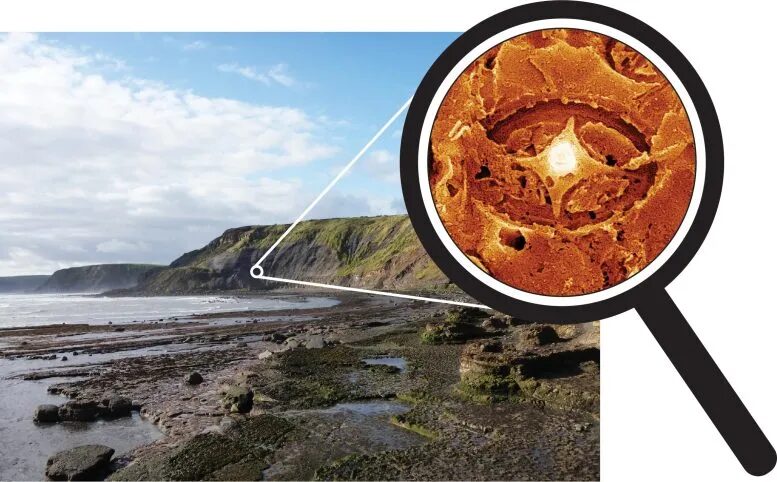
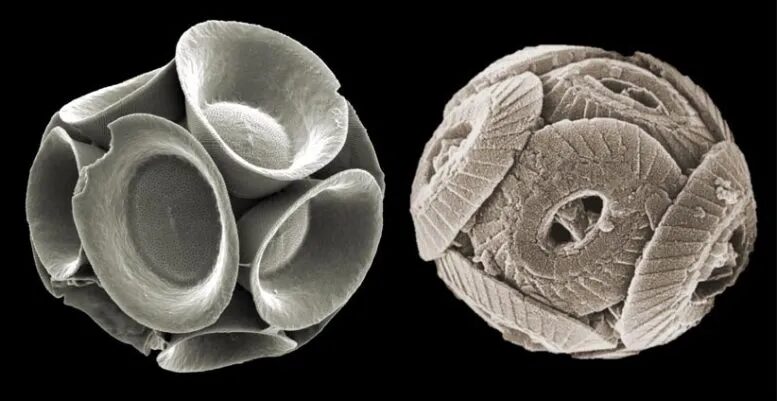



Reader Comments
Don't lump all science in with the deep state actors who use the word to shut down debate.
I also see you have trouble understanding why not every museum would have a rare collection out back that everyone and their dog can just access on demand.
Be angry. Telling folk they're *less* intelligent? Takes away from the intelligence inherent in your other posts.
Tantamount to name-calling, here, eh?
that said, linguists say spelling doesn't matter as long as the concept is communicated
same goes for neologism, or making up words... as long as they're understood, they're words
Here's hoping you disagree, too - I learn the most where matters don't meet, and yet determined minds stay quick on their feet
I hope you are (and keep having) a beautiful day - thanks for replying, eh?
"This is the song that never ends..."
;-)
I wasn’t there when my grandson commented on the dinosaur bones so maybe there’s something missing in the translation, that said, my wife encouraged him to not trust authorities using the example even tho’ my own first comment was that no museum would display the real thing. It was a lesson, none the less that led the boy to question authority and that in itself was a good thing.
well met